Repair Tesla LED Daytime Running Lights: Intermittent Fix Guide
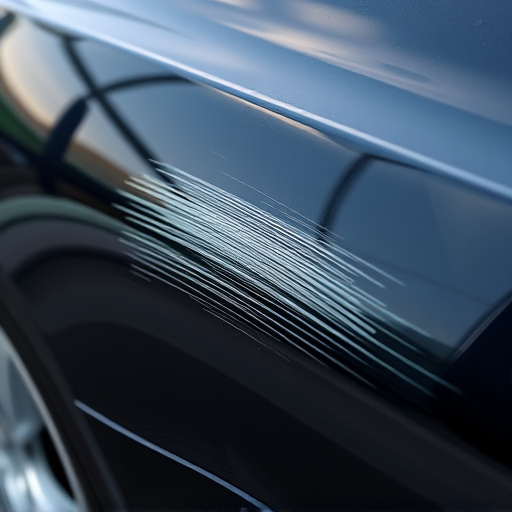
Tesla LED daytime running lights (DRLs) may experience flickering or failure due to malfunctions or…….
In the ever-evolving landscape of automotive technology, the integration of advanced lighting systems has become a cornerstone of modern vehicle design. Among these innovations, Tesla’s LED daytime running lights (DRLs) have garnered significant attention for their sleek aesthetics and contribution to enhanced visibility on the road. However, like any intricate system, these DRLs are not immune to issues, leading many Tesla owners and enthusiasts to delve into the realm of repair. This article aims to provide an in-depth exploration of Tesla LED daytime running light repair, covering everything from basic understanding to future prospects, empowering readers with knowledge and insights.
Tesla LED daytime running lights, a standard feature on many Tesla models, serve as a supplement to the vehicle’s headlamps, providing increased visibility during daylight hours. The system comprises several key components:
The concept of daytime running lights (DRLs) has evolved over several decades, driven by safety considerations and regulatory changes. Initially, early DRL designs were simple and less effective, but technological advancements have led to the sophisticated LED systems found in modern Teslas. Tesla’s implementation of advanced LED DRLs aligns with the global trend towards more efficient and safer lighting solutions for vehicles.
While routine maintenance can extend the lifespan of these lights, issues may arise due to various factors, such as debris impact, internal component failure, or faulty wiring. In such cases, repair becomes essential to ensure optimal visibility and safety on the road. Repairs range from simple lens replacements to more complex diagnostic and electronic repairs, requiring a deep understanding of automotive electrical systems.
The global automotive industry’s embrace of LED technology has significantly impacted Tesla’s DRL repair landscape. As countries adopt stricter safety standards, the demand for advanced lighting systems increases, driving innovation in LED design and repair techniques. For instance, European regulations mandating higher visibility during daylight hours have spurred the development of more powerful and visible DRLs.
The Tesla LED DRL repair market is a dynamic segment within the broader automotive aftermarket industry. Several factors influence its growth:
Repair and maintenance services for Tesla vehicles, including DRL repair, present attractive investment opportunities:
One of the most significant technological advancements in Tesla LED DRLs is the continuous improvement in LED efficiency and longevity. Modern LEDs consume less power, emit more light per watt, and have longer lifespans compared to older models. This advancement directly translates to better visibility for drivers and reduced maintenance costs.
Tesla’s integration of smart lighting technologies takes DRLs to the next level. These systems use sensors and algorithms to adjust lighting intensity based on environmental conditions, vehicle speed, and driving mode. For example, the lights may dim automatically when approaching another vehicle or switch to a brighter setting in low-light conditions. This not only enhances driver visibility but also contributes to fuel efficiency by reducing unnecessary light output.
Artificial Intelligence (AI) and connectivity are poised to revolutionize Tesla LED DRL repair and overall automotive lighting. AI algorithms can predict maintenance needs, enabling proactive repair schedules, while vehicle-to-vehicle (V2V) and vehicle-to-infrastructure (V2I) communication may allow real-time adjustments to lighting systems based on traffic conditions. Additionally, the rise of autonomous vehicles could lead to dynamic lighting scenarios, adapting to surrounding vehicles’ movements.
The development and repair of Tesla LED DRLs are significantly influenced by global safety standards:
As LED technology has become more energy-efficient, environmental regulations play a crucial role in its adoption:
A large city’s taxi fleet embraced Tesla electric vehicles for their environmental benefits and advanced technology. However, they encountered challenges with DRLs due to frequent debris impact from rough urban roads. By implementing a structured maintenance program, including regular lens replacements and detailed cleaning routines, the fleet experienced significant improvements in DRL performance and customer satisfaction.
Lessons Learned: Regular preventative maintenance is crucial for high-mileage vehicles, ensuring optimal light output and driver safety.
A remote rural community relied on Tesla electric buses for public transport, facing unique challenges with limited access to specialized repair services. By establishing a local training program and parts inventory, the community successfully repaired and maintained DRLs, reducing downtime and fostering self-reliance.
Lessons Learned: Localized solutions and community engagement can overcome accessibility barriers in remote areas, ensuring reliable transport.
The global shift towards electric vehicles presents vast opportunities for Tesla LED DRL repair services:
The future holds exciting possibilities for Tesla LED DRL repair:
Sustainability is set to shape the industry’s future:
Tesla LED daytime running light repair is a dynamic and essential aspect of electric vehicle ownership, ensuring driver safety and visibility. As technology advances and global trends evolve, the industry must adapt to meet changing demands. By embracing technological innovations, adhering to regulatory standards, and prioritizing customer needs, Tesla LED DRL repair services will continue to play a pivotal role in shaping the future of automotive lighting and maintenance.
Q: How often should I get my Tesla LED DRLs checked?
A: Regular inspections are recommended every 6-12 months, depending on your driving conditions. Look for signs of debris damage, dimming lights, or irregular performance.
Q: Can I replace the LED modules myself?
A: While some repairs, like lens replacements, can be done by owners, complex tasks involving electrical systems and advanced diagnostics are best left to certified technicians.
Q: Are there environmental considerations for Tesla DRL repair?
A: Absolutely! Proper disposal of old parts and use of eco-friendly materials and practices are essential in sustainable repair processes.
Q: How do I know if my DRLs need calibration?
A: Calibration may be required if your lights seem dimmer or brighter than normal, or if they don’t turn on/off as expected when switching between daytime and headlight modes.
Q: Can AI truly improve LED DRL performance?
A: Yes, AI algorithms can predict maintenance needs, optimize lighting intensity based on conditions, and enhance overall system efficiency, leading to safer and more efficient driving.

Tesla LED daytime running lights (DRLs) may experience flickering or failure due to malfunctions or…….
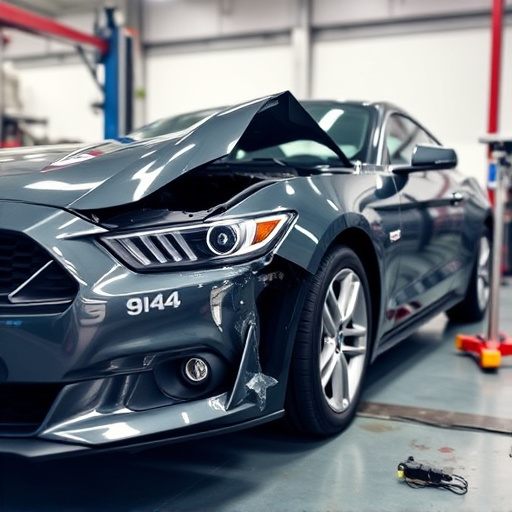
Tesla LED daytime running lights can flicker or fail due to loose connections, power issues, aging c…….
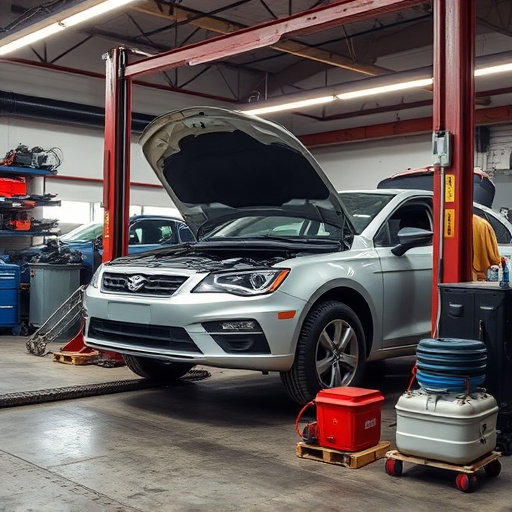
Tesla LED daytime running lights require prompt attention for malfunctions like flickering or uneven…….
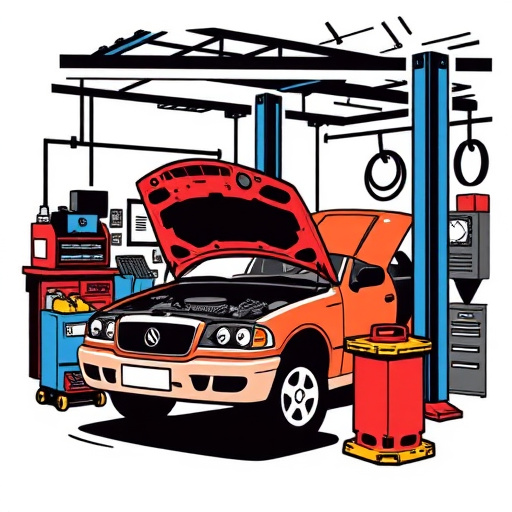
Tesla LED daytime running lights require prompt attention for safety and functionality. Basic repair…….

Tesla LED daytime running light repairs require approved replacement parts to maintain functionality…….
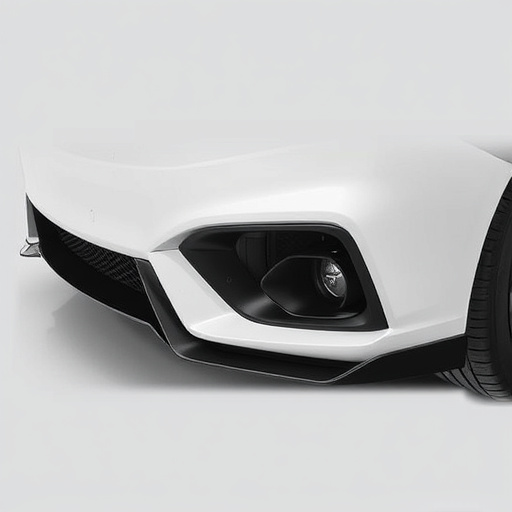
Tesla LED daytime running lights can fail due to environmental factors, damage, or wiring issues, re…….
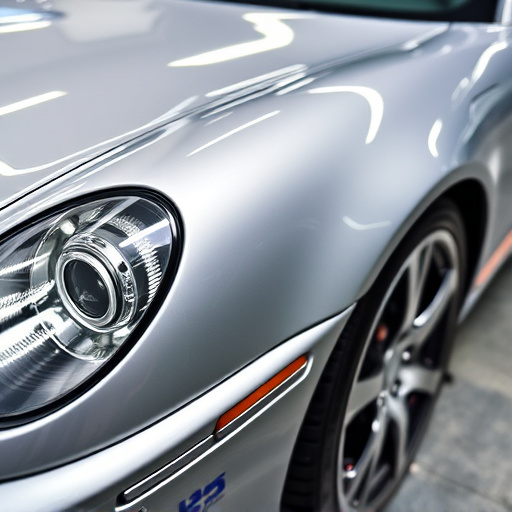
Tesla LED daytime running light (DRL) repair is vital for maintaining safety and efficiency. Damaged…….
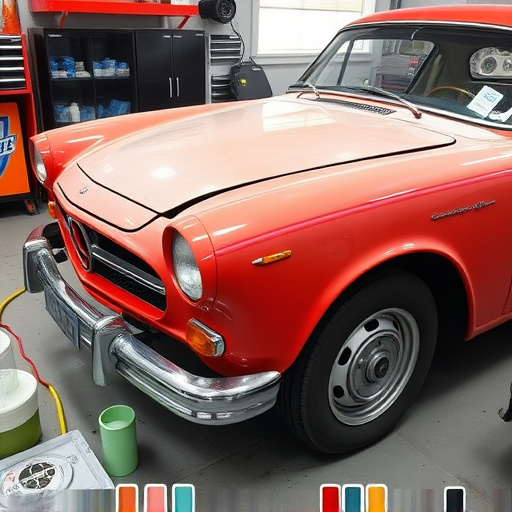
Tesla LED daytime running light repairs require skilled technicians and diagnostic tools to address…….
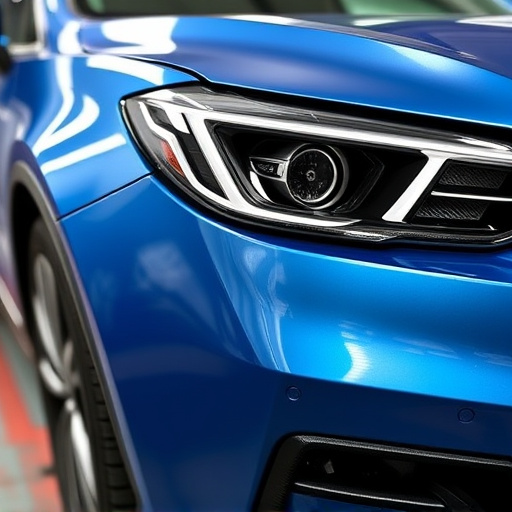
Regularly inspect and promptly replace damaged mounting clips for Tesla LED daytime running lights t…….
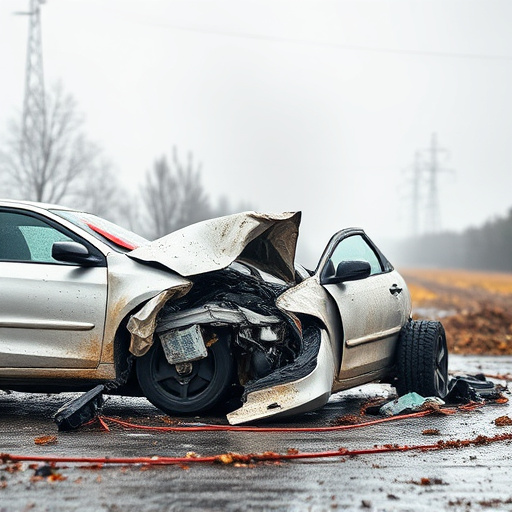
Tesla LED daytime running lights can malfunction due to debris, aging parts, or software issues. Pro…….